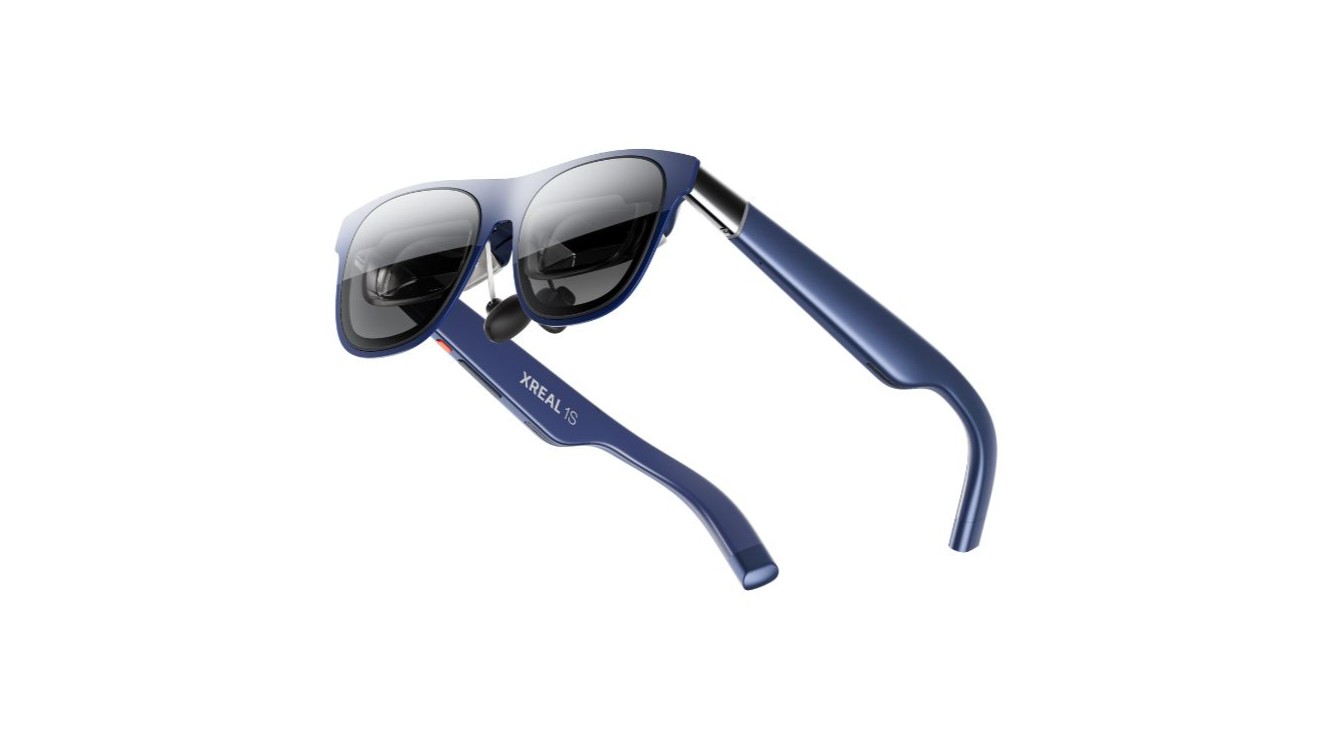Garmin Forerunner 970 vs. Forerunner 570: Which running watch is the best value?
Garmin's Forerunner 970 is its most expensive running watch yet, but should you go for the 570 instead?
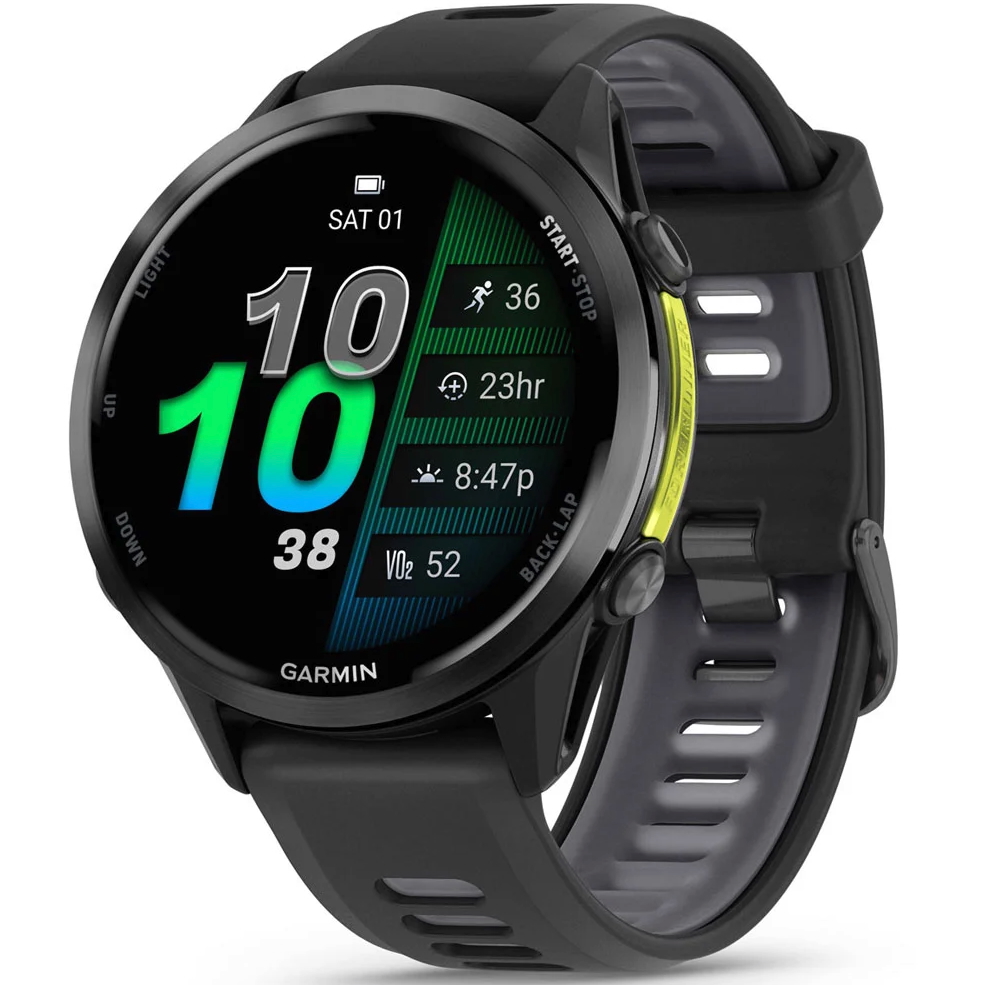
The best Forerunner yet
Garmin scaled down the Fenix 8, and in turn made the Forerunner 970 more capable and more expensive than ever. The smartwatch adds Bluetooth calling, ECG support, and a flashlight for the first time, while still being brighter and thinner than a Fenix. Still, Forerunner fans will be asked to pay more for those luxuries.
Pros
- New display that's twice as bright
- Adds ECG, flashlight, mic and speaker
- Accurate stats with slim and lightweight design
Cons
- The most expensive Forerunner yet
- Basic voice assistant
- Maps can lag
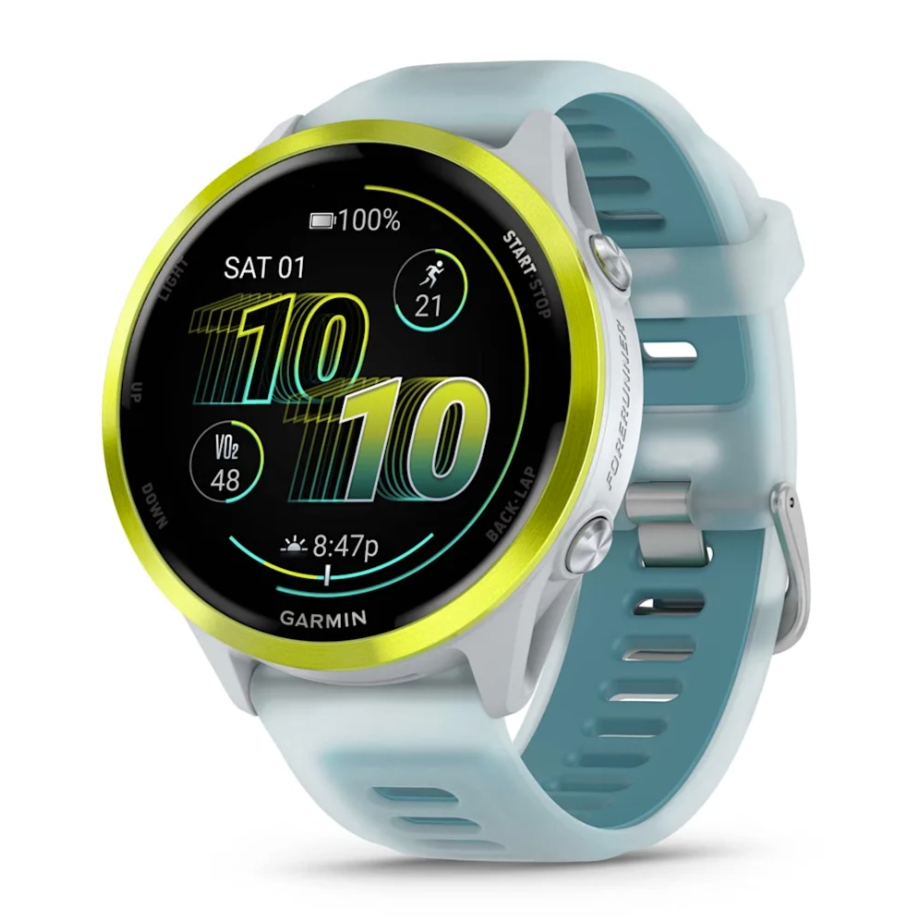
Finding a middle ground
The Garmin Forerunner 570 aims to meet runners where they are, offering a robust feature set while keeping a reasonable price point. You get Garmin's newest heart rate sensor, a bright display, 11-day battery life, and Bluetooth calling support.
Pros
- Sporty and slim design
- 11-day battery life
- Hardware buttons and heaps of running and health features
Cons
- No support for ECG or offline maps
- Battery life could be better, by Garmin standards
- No flashlight
Garmin refreshed its mid-tier and high-end running watches, releasing the upgraded Forerunner 570 and 970, respectively. While both smartwatches have the same goal of trying to help you improve your running, they try to do so at different price points. The Forerunner 970, retailing for $750, brings the Forerunner closer in capabilities to Garmin's highest-end smartwatches. Meanwhile, the Forerunner 570 attacks the midrange market.
The Garmin Forerunner 570 and Forerunner 970 are both somewhat flawed devices. The Forerunner 570 lacks a few features we've come to take for granted at the $550 price point, like ECG support. On the other hand, the Forerunner 970 is the most versatile Forerunner to ever exist, but at its highest price.
If you're trying to find out whether your needs best align with the Forerunner 570 or Forerunner 970, this comparison will help.
Garmin Forerunner 970 vs. Forerunner 570: Design and display
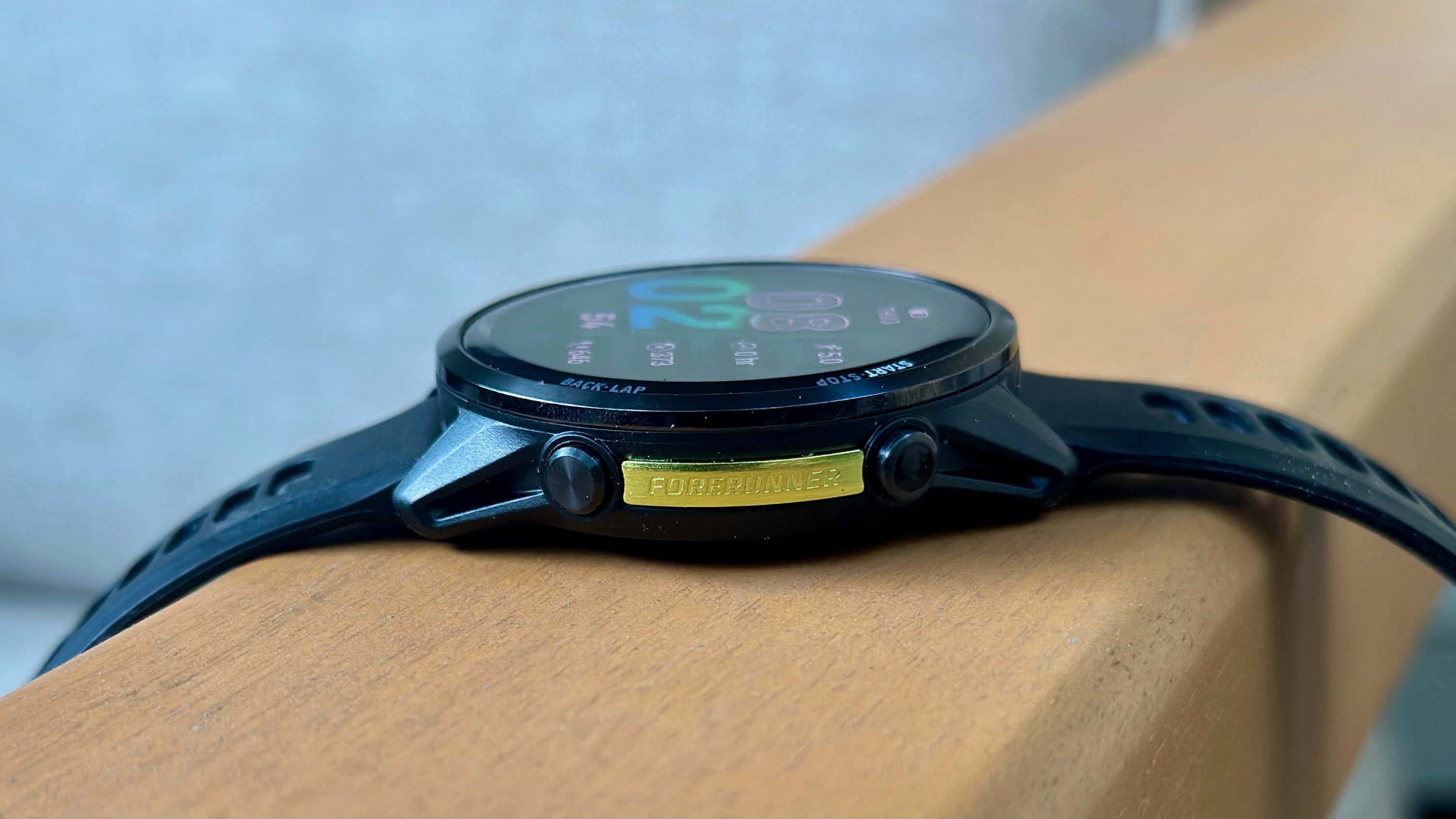
Garmin's Forerunner lineup is all about practicality, and its design reflects this. Both the Forerunner 970 and 570 are loaded with hardware buttons that make it easy to track laps and stop/start workouts on the fly. They come with a somewhat loud design, but this is typically appreciated by runners. Each is offered in unique colorways that can emphasize a sporty look, or you can opt for black to try to remain subtle.
Still, the Forerunner 970's polymer case doesn't look the most premium, and that's to preserve a lightweight build. It does have a titanium bezel and metal buttons for durability, though. There's also a colored Forerunner metal accent piece on the side to emphasize the runner-first ethos of this watch. It weighs 56 grams, and that includes the strap.
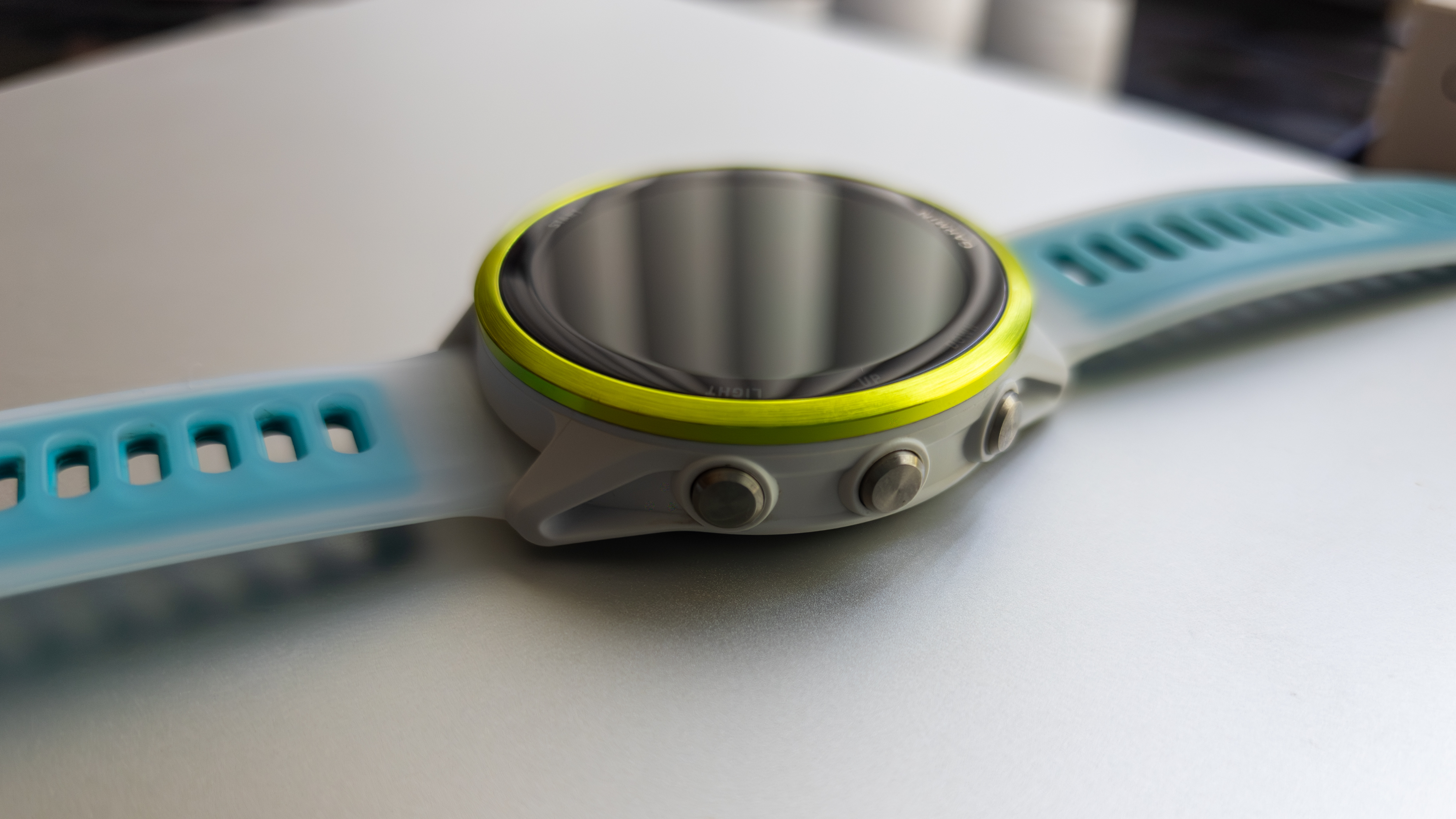
The Forerunner 970 is only available in one 47mm case size. The Forerunner 570 is more versatile in this regard, as it's available in both 42mm and 47mm sizes. It also sports a polymer case, but uses a lighter and less premium aluminum bezel. This watch opts for Corning Gorilla Glass 3 on the front, whereas the 970 goes with sapphire glass.
Overall, you can expect the Forerunner 570 to feel slightly less premium than the Forerunner 970. That being said, they're both cut from the same cloth, so there are a ton of design similarities here.
Get the latest news from Android Central, your trusted companion in the world of Android
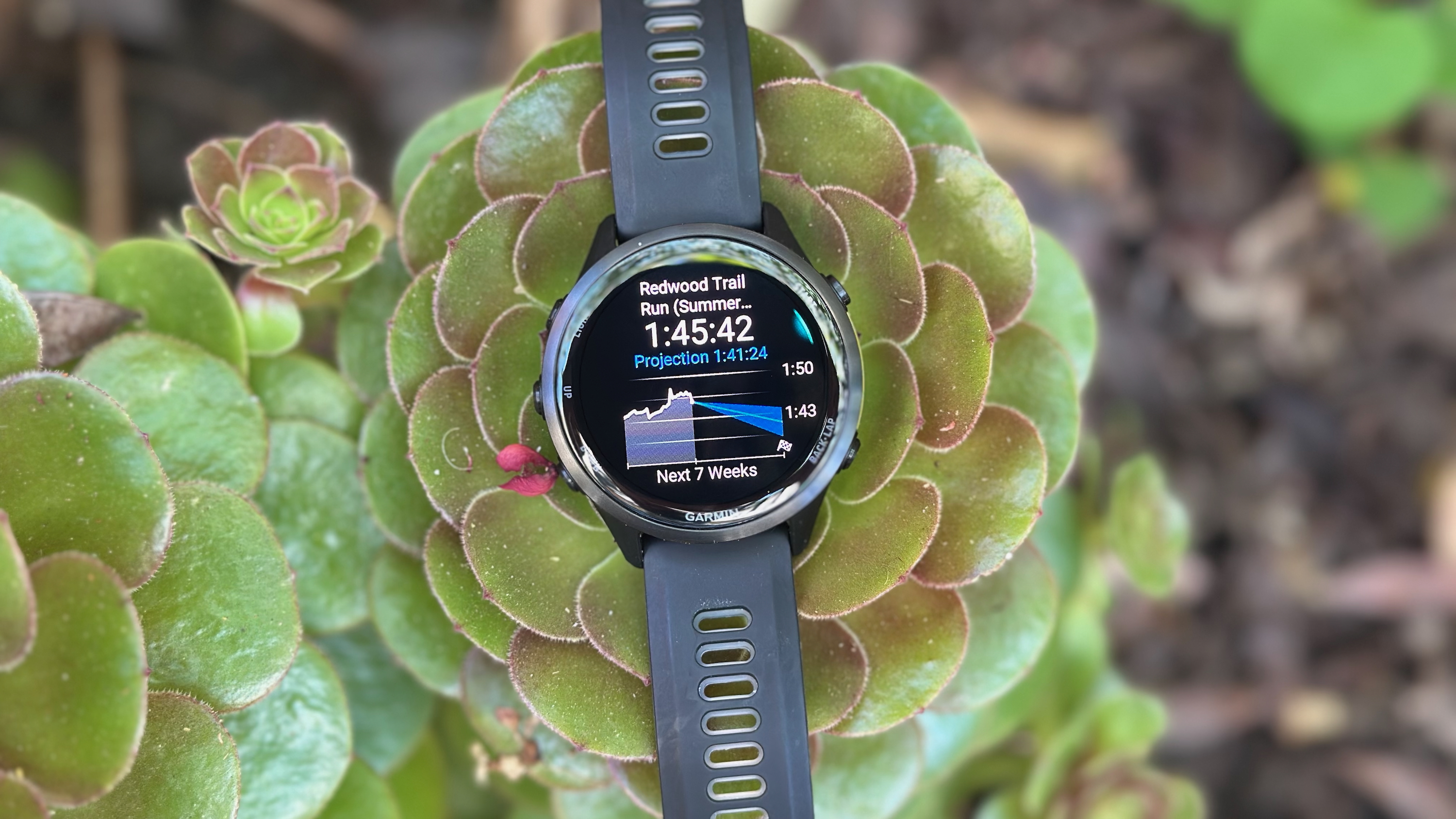
Garmin upgraded the display on the Forerunner 970, doubling its peak brightness. The smartwatch features a 1.4-inch AMOLED touchscreen with a 454x454 resolution. The move to AMOLED adds clarity and color while preserving brightness, and it doesn't appear to come at the cost of battery life.
By comparison, the Forerunner 570 ships with either a 1.2-inch or 1.4-inch screen, depending on what size you get. It's also an AMOLED panel, but this watch doesn't last as long as the Forerunner 970. Both watches will be plenty bright enough for outdoor workouts.
Garmin Forerunner 970 vs. Forerunner 570: Hardware and specs
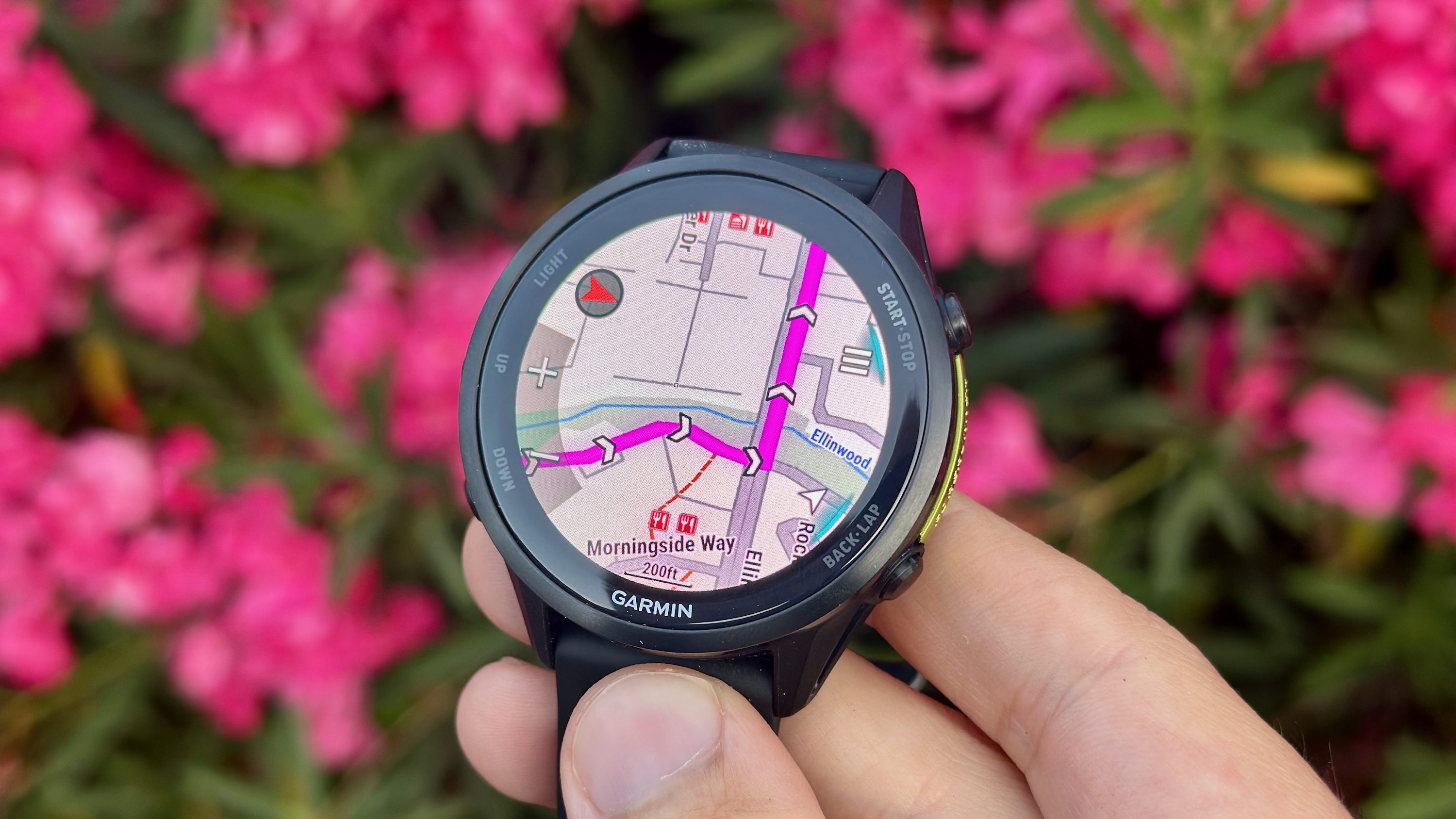
There are slight differences between the Forerunner 970 and 570 in terms of hardware. Both watches use the same Garmin Elevate v5 heart rate sensor, which is the latest and most accurate version. However, the 970 takes that one step further, adding ECG support and a skin temperature sensor. The Forerunner 970 and 570 both have a blood-oxygen sensor, accelerometer, altimeter, compass, and gyroscope.
The pricier 970 comes with quadruple the available storage space, with 32GB onboard. Meanwhile, you only get 8GB on the 570 for music and workout files. Additionally, the 970 has a few more GPS bands, and both support multi-band GPS.
Category | Garmin Forerunner 970 | Garmin Forerunner 570 |
|---|---|---|
Size | 47 x 47 x 12.9mm, 22mm QuickFit band | 42mm: 42.4 x 42.4 x 12.9mm 47mm: 47 x 47 x 12.9mm |
Weight | 56 g | 42mm: 42g 47mm: 50g |
Materials | Titanium bezel, polymer case, silicone strap | Aluminum bezel, silicone strap |
Protection | 5ATM, sapphire glass | Corning Gorilla Glass 3, 5 ATM |
Display | 1.4" (454x454) AMOLED touchscreen | 42mm: 1.2" (390 x 390) 47mm: 1.4" (454 x 454) AMOLED |
Battery life | 15 days, 23 hours (SatIQ GPS), 14 hours (multi-band GPS w/ music) | 42mm: 10 days (smartwatch mode), 18 hours (GPS-only GNSS mode) 47mm: 11 days (smartwatch mode), 18 hours (GPS-Only GNSS mode) |
Storage | 32GB | 8GB |
Sensors | Elevate v5 HRM, SpO2, accelerometer, altimeter, compass, gyroscope, ECG, skin temperature | Elevate v5 HR, SpO2, accelerometer, altimeter, compass, gyroscope |
Tracking | GPS, GLONASS, GALILEO, BeiDou, QZSS, SatIQ, multi-band GPS | GPS, GLONASS, GALILEO, SatIQ, multi-band GPS |
Connectivity | Bluetooth, ANT+, NFC | Bluetooth, ANT+, NFC |
Flashlight | ✔️ | ❌ |
Mic & speaker | ✔️ | ✔️ |
In terms of battery life, the Forerunner 970 will get you further. It supports up to 15 days in smartwatch mode, and 23 hours while using SatIQ GPS. On the other hand, the 42mm Forerunner 570 tops out at 10 days in smartwatch mode. The larger, 47mm version gets you one extra day. Both last longer than a typical smartwatch but shorter than other Garmin models.
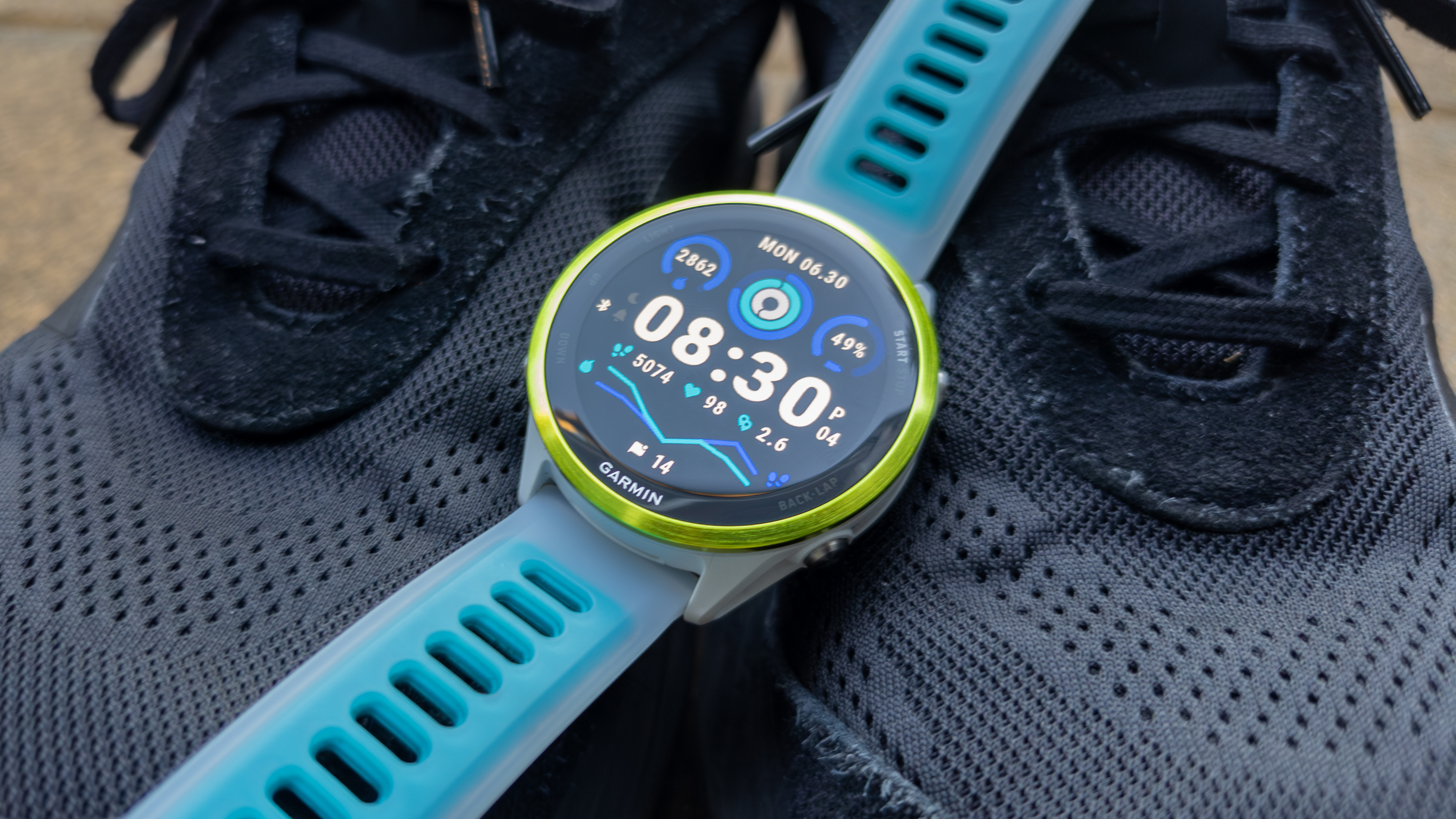
To round things out, the Forerunner 970 has a dedicated flashlight to illuminate your runs. It's best used in a pinch rather than as a full-time solution. However, the 570 doesn't include a flashlight at all — it can only illuminate the screen as a makeshift alternative.
Garmin Forerunner 970 vs. Forerunner 570: Fitness and health
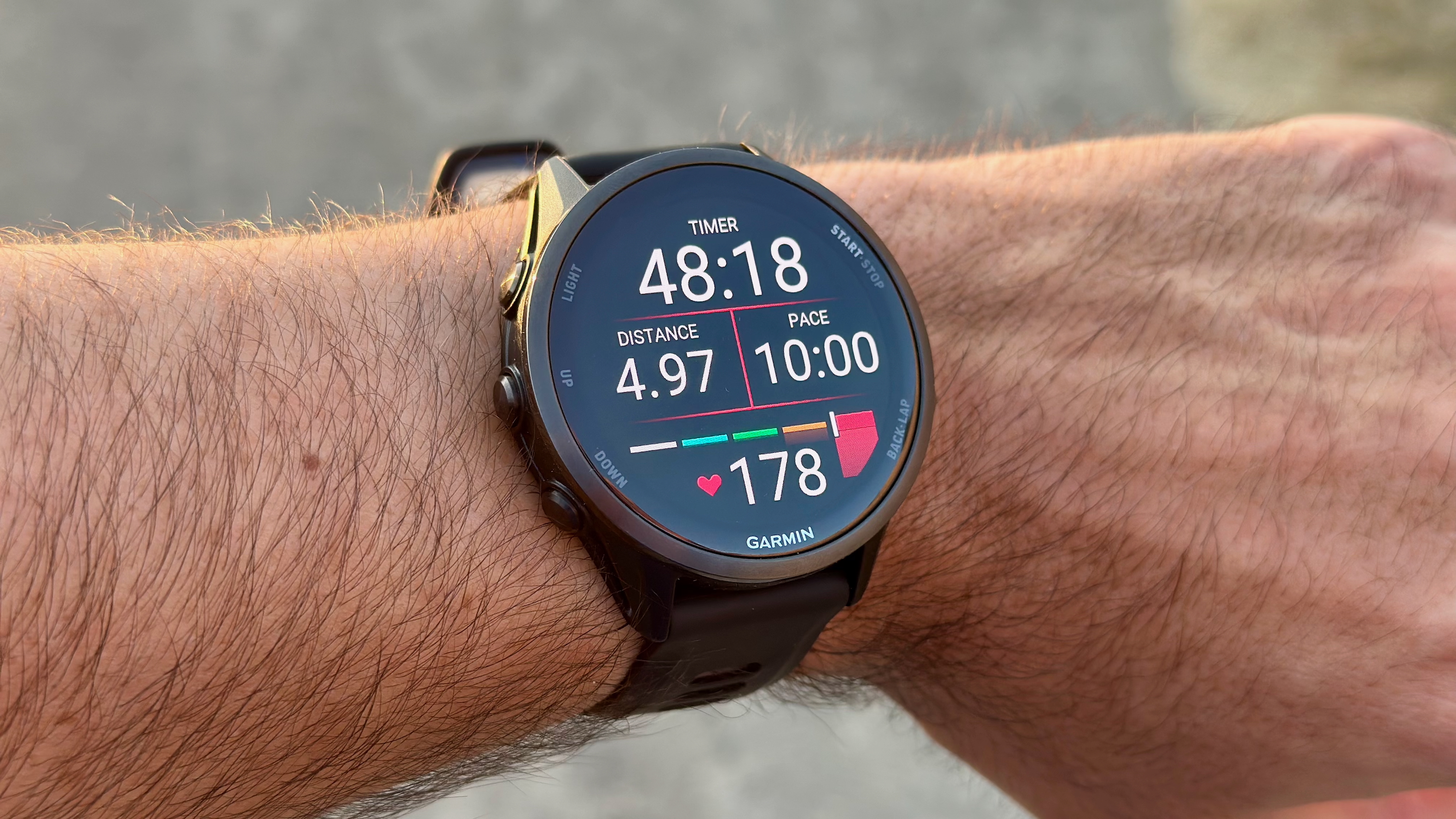
As Forerunner models, both of these Garmin watches have software tools that'll help you run and train smarter. They just aren't entirely equal. There are a few features exclusive to the Forerunner 970, like Running Tolerance. This will calculate a biomechanical "impact load" for each mile you run, adjusting for things like elevation and high-intensity interval training (HIIT). It's aimed to help you avoid overexertion and overuse injuries.
There are other perks, like running economy and step speed, available if you happen to have an HRM-600 chest strap to add data points. There's also an Evening Report that wraps up your day.
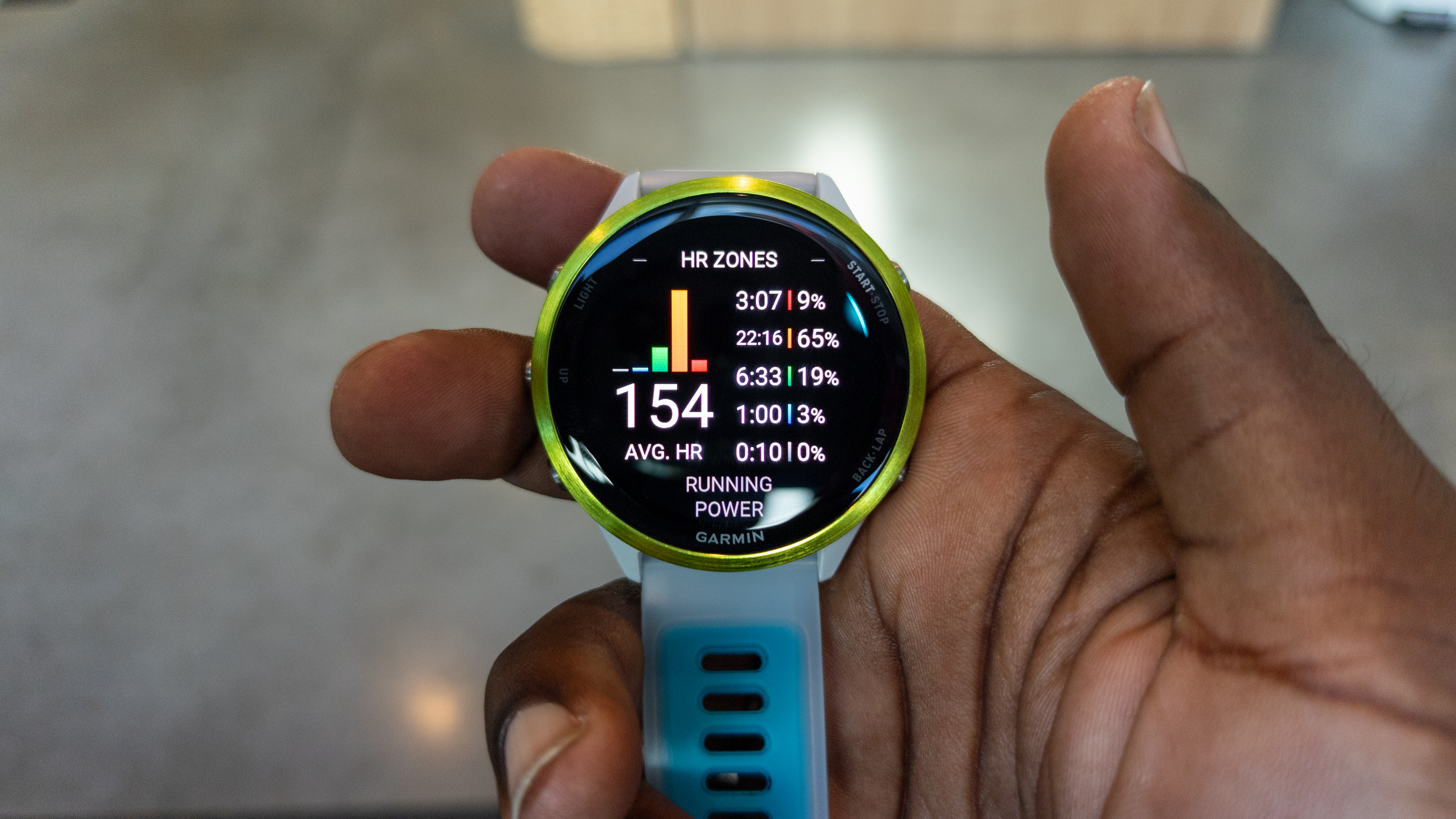
While the Forerunner 570 doesn't have all those high-end features, it still gets the Garmin Run Coach. This will help you train for your next race, and you can track crucial running metrics including VO2 Max, Training Load Ratio, and HRV. However, our reviewer found that sleep insights left a bit to be desired, and the 570's somewhat bulky profile didn't make nighttime wear comfortable.
Garmin Forerunner 970 vs. Forerunner 570: Which should you buy?
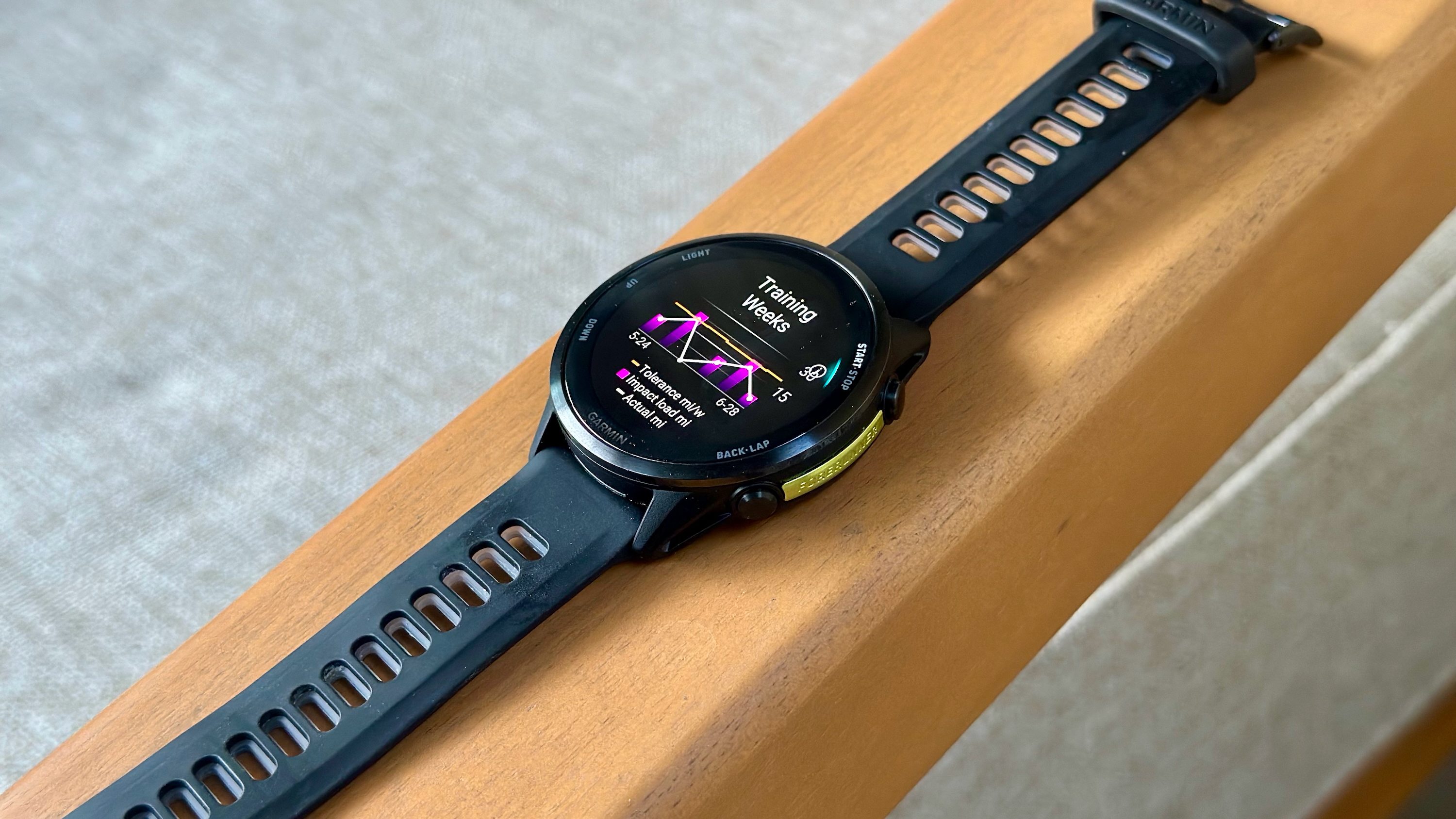
For most runners, the Forerunner 570 will probably cover all the necessary bases while maintaining a reasonable $550 price point. It does lack electrocardiogram (ECG) support, which has become commonplace on smartwatches and offline maps. Still, I'd bet that most runners don't use either of those features very often — I know I don't. It's an excellent, slim, and sporty watch for running that's versatile and available in multiple sizes.
On the other hand, the Forerunner 970 is for the runner who's envious of multisport watches like the Fenix 8 and wants that experience on a Forerunner model. At $750, the 970 is expensive, but it's actually much cheaper than those top-tier models like the Fenix 8 and Enduro 3. If money is no object and you're a hardcore runner, you'll have a blast with the Forerunner 970.

A luxury Forerunner
Garmin rounded out the Forerunner 970's capabilities, adding highly-requested features like a flashlight, Bluetooth calling support, and a brighter display. However, the price tag may be enough to shy away some potential buyers.

The mid-tier option
The Garmin Forerunner 570 covers most of the bases you'll need for advanced run training, but still sits firmly below the 970 in terms of capability. Some buyers might feel like Garmin's retail price is too high for an incomplete experience.

Brady is a tech journalist for Android Central, with a focus on news, phones, tablets, audio, wearables, and software. He has spent the last three years reporting and commenting on all things related to consumer technology for various publications. Brady graduated from St. John's University with a bachelor's degree in journalism. His work has been published in XDA, Android Police, Tech Advisor, iMore, Screen Rant, and Android Headlines. When he isn't experimenting with the latest tech, you can find Brady running or watching Big East basketball.
You must confirm your public display name before commenting
Please logout and then login again, you will then be prompted to enter your display name.
